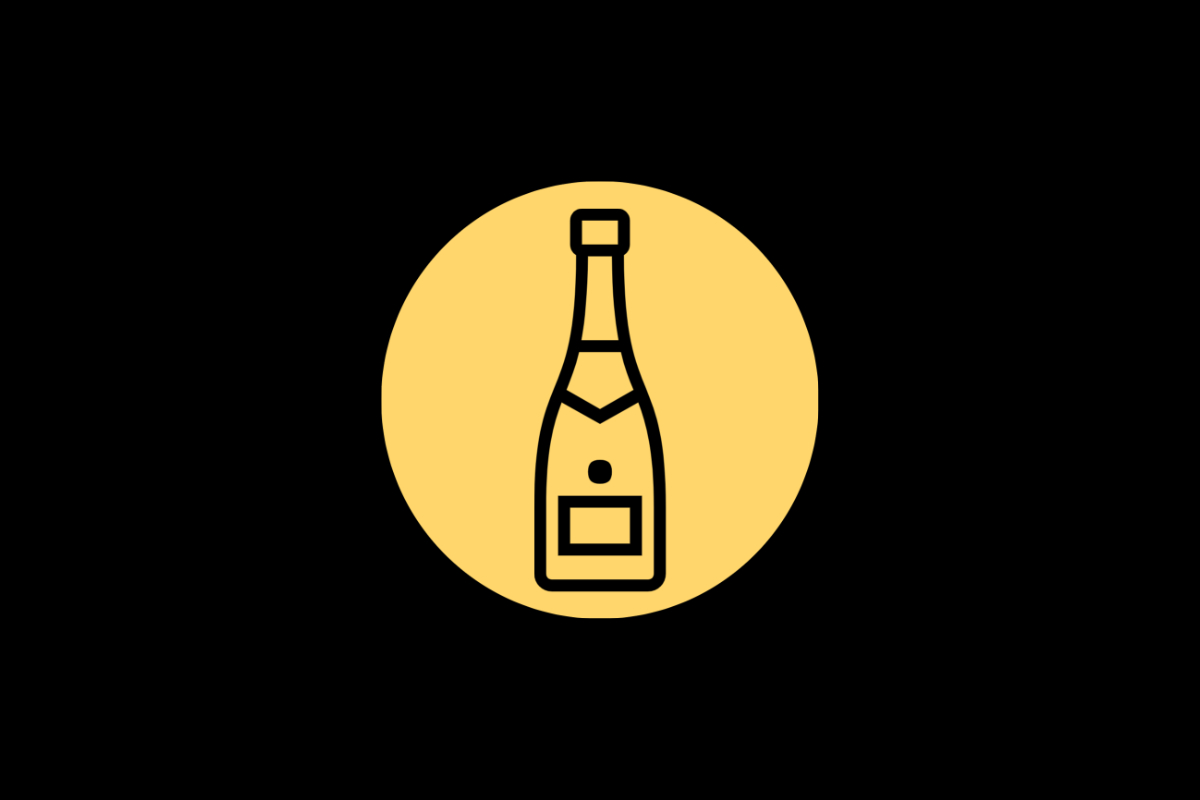The Ultimate Guide to Champagne Yeast Uses
If you are a homebrewer or a winemaker, you might have heard about champagne yeast. Champagne yeast is a type of yeast that is used to ferment alcoholic beverages such as wine, beer, and of course, champagne. But do you know its many uses other than these alcoholic drinks? In this article, we will explore the many uses of champagne yeast, from culinary applications to medical purposes.
Introduction to Champagne Yeast
First, let’s understand what champagne yeast is. This yeast strain belongs to the Saccharomyces cerevisiae species, just like other commonly used yeasts in beer and wine. However, champagne yeast is more tolerant of alcohol and has a higher fermentation rate, making it ideal for sparkling wine production.
Champagne yeast can also produce carbon dioxide at a slower rate than other yeast strains, allowing for more prolonged fermentation and secondary fermentation in the bottle. Moreover, champagne yeasts vary in terms of aroma, taste, and alcohol tolerance, and they are often chosen based on these characteristics to achieve the desired quality and flavor of the final product.
Now that we know what champagne yeast is let’s dive into the various applications of this yeast strain.
Champagne Yeast in Winemaking
As mentioned earlier, champagne yeast is commonly used in winemaking. Using champagne yeast can ensure consistent fermentation, and the yeast’s flavor profile can add unique aromas and flavors to the wine. The wine produced using champagne yeast can have a distinct character, often described as having a crisp, clean finish with tiny bubbles.
Moreover, champagne yeast can ferment at lower temperatures than other yeast strains, which is beneficial for white wine production. It can also tolerate higher alcohol percentages, making it perfect for full-bodied red wines.
Champagne Yeast in Brewing
Beer brewing requires yeast fermentation, and champagne yeast can also be used in this process. Typically, beer brewing employs ale or lager yeast, but champagne yeast can add a unique spark to the brew, especially while making beer with high alcohol content.
However, using champagne yeast in beer brewing requires careful monitoring, as it can overproduce carbon dioxide and cause excessive foaming, which can be dangerous if handled incorrectly.
Champagne Yeast in Baking
Champagne yeast is also widely used in baking, particularly in making bread. The yeast adds a unique aroma, flavor, and texture to the bread, making it light and fluffy. You can use Champagne yeast to make different types of bread, from baguettes, sourdough to brioche.
Champagne yeast also works well in creating pastries, such as croissants, and can add another dimension to desserts, such as cakes and pies.
Champagne Yeast in Cheese Making
Champagne yeast is a crucial factor in creating various types of cheese, particularly in the cheese’s ripening process. For instance, champagne yeast is used to make the famous Brie and Camembert cheese, which are known for their creamy texture and distinct aroma.
Moreover, champagne yeast can also work as a coagulant, which means it can cause milk to curdle and form the cheese. It is essential to control the temperature, humidity, and pH of the cheese during the fermentation process for successful cheese production.
Champagne Yeast in Cooking
Champagne yeast also has a place in cooking, particularly in large-scale cooking, such as in restaurants and catering businesses. It can be used as a substitute for baking powder and can add an umami flavor to dishes.
For instance, adding champagne yeast to the batter mix can enhance the flavor of fried chicken and create a crispy coating. In dishes such as risotto, the yeast can be used to create a creamy sauce and add a depth of flavor to the rice.
Champagne Yeast in Medical Research
Recent research suggests that champagne yeast has potential anti-cancer properties. The yeast produces a protein called PAMP, which can stimulate the immune system and fight cancer cells. Moreover, champagne yeast can also produce beta-glucan, a compound that can lower cholesterol levels and prevent heart disease.
Further research is ongoing to explore the potential of champagne yeast in medical research, particularly in treating cancer and preventing other health conditions.
Conclusion
There are many uses for champagne yeast beyond its traditional application in the production of champagne, wine, and beer. It has a distinct flavor profile that can add depth and aroma to different types of food and beverages.
From baking to cooking and cheese making, there are several ways to incorporate champagne yeast into your culinary creations. Additionally, ongoing research into champagne yeast’s medical benefits offers exciting prospects in preventing and treating illnesses.
So, next time you think of champagne yeast, remember its versatility and the many possibilities it offers in cooking, brewing, and beyond.
